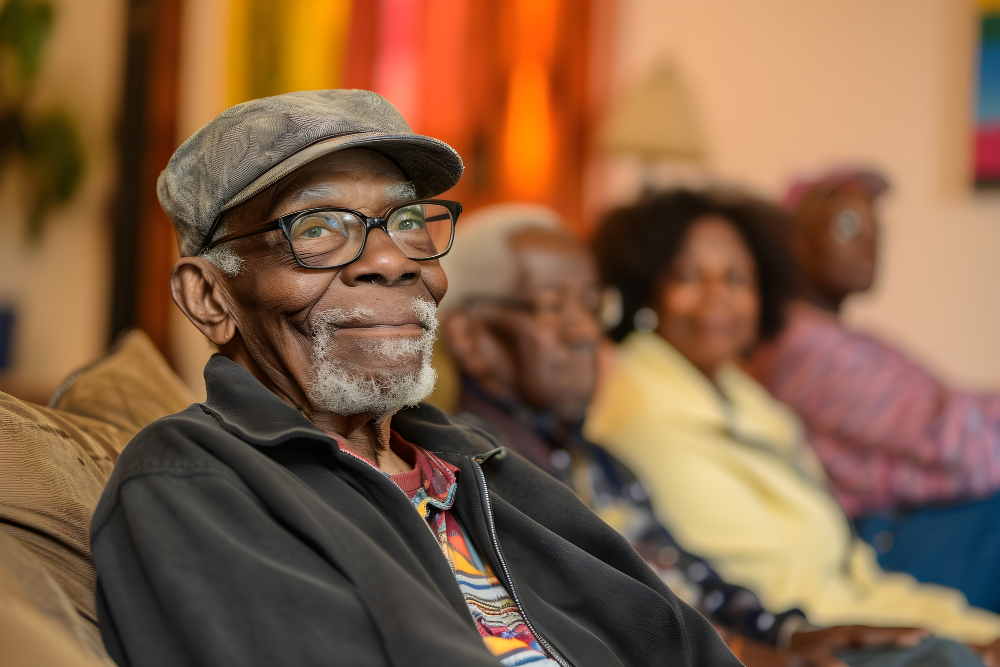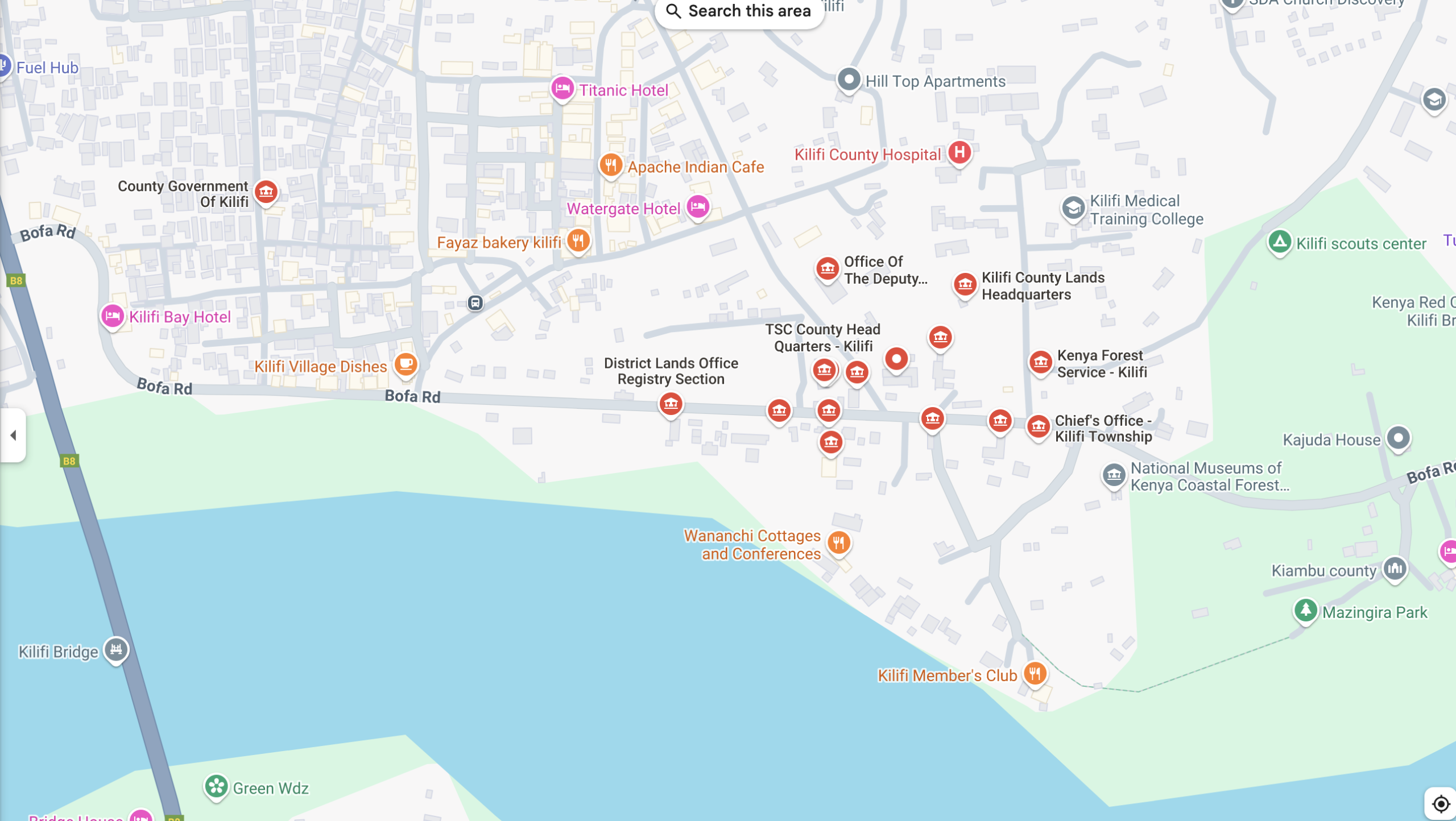Let’s be real — part of the reason Kenya stays stuck is because older voters keep electing corrupt leaders, often based on tribe, handouts, or nostalgia. While we can’t take away their right to vote, we can outmaneuver their influence. Here’s how:
1. Re-educate Them, Don’t Fight Them
Use relatable, respectful messaging — through vernacular radio, churches, and community leaders — to help them connect bad leadership with the real suffering they face (e.g., expensive healthcare, poor roads, or missing pensions).
2. Outvote Them
The most powerful and nonviolent response: outnumber them. Register more youth voters and turn out in record numbers. If the youth vote collectively, the older generation’s impact can be overruled by sheer numbers.
3. Expose Communities That Recycle Corruption
Create a public “Vote Scorecard” showing how each community voted and what they got in return. Shame corruption at the grassroots. Turn “I voted for him again” into an uncomfortable truth, not a badge of pride.
4. Own Vernacular Media
Most elders trust vernacular radio more than social media. Use these stations to air youth voices, facts, and reform messages. Sponsor shows that question the status quo — in their language, through their favorite presenters.
5. Fight Bribery and Political Manipulation
Older voters are often targeted with handouts. Expose this bribery online and offline. Celebrate elders who reject cash-for-votes. Turn them into icons of integrity and feature their stories everywhere.
6. Infiltrate Chamas, Churches, and Burial Committees
Join the spaces elders respect — and influence them from within. Let youth become trusted voices inside church groups, community welfare associations, and local meetings.
7. Promote Elder-Youth Alliances
Not all elders support bad leadership. Partner with reform-minded seniors — former teachers, ex-civil servants, retired clergy — to help promote good governance and mentor youth leaders.
8. Make Voting for Good Leaders Simple and Clear
Use flyers, posters, and visuals with clear candidate comparisons, symbols, and pictures. Help elders make informed decisions with simple, respectful materials.
You can’t silence elders — but you can outsmart them.




